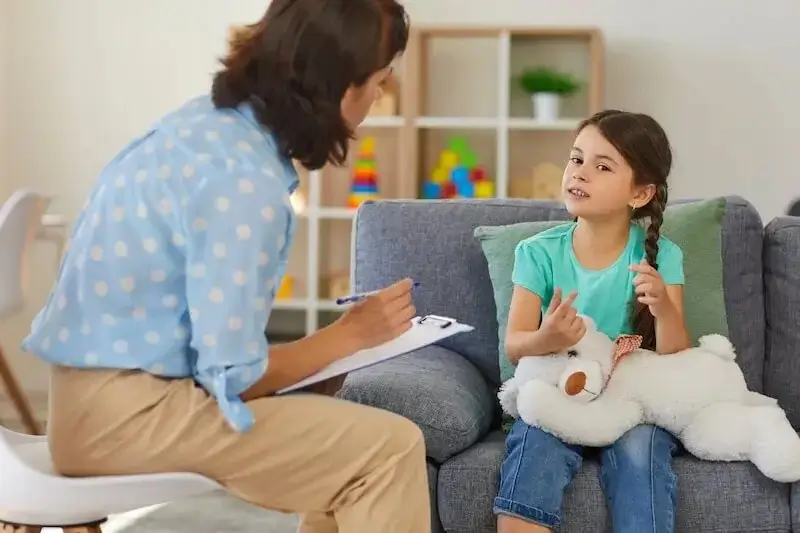
Child therapy is a specialized field dedicated to addressing the unique mental health needs of children. As children grow and develop, they may encounter a variety of emotional, behavioral, and developmental challenges. Child therapy provides a safe and supportive space for children to explore their feelings, work through difficulties, and develop essential coping skills. There are several different approaches to child therapy, each tailored to meet the specific needs of young clients.
One of the most common and effective approaches in child therapy is play therapy. Play therapy is particularly beneficial for younger children who may not have the verbal skills to express their emotions and experiences fully. In play therapy, children use toys, games, and creative activities to communicate their thoughts and feelings. The therapist observes the child’s play behavior to gain insights into their emotional state and underlying issues. Through guided play, children can process their emotions, develop problem-solving skills, and build emotional resilience. Play therapy provides a non-threatening way for children to explore their inner world and make sense of their experiences.
Cognitive-behavioral therapy (CBT) is another widely used approach in child therapy, especially for older children and adolescents. CBT focuses on identifying and changing negative thought patterns and behaviors. Children learn to recognize how their thoughts influence their feelings and actions. Through CBT, they develop practical skills for managing anxiety, depression, and other emotional difficulties. CBT sessions often involve activities such as role-playing, journaling, and homework assignments to reinforce the skills learned in therapy. This approach empowers children to take control of their mental health and develop healthy coping mechanisms.
Art therapy is a creative approach that uses artistic expression as a means of communication and healing. In art therapy sessions, children engage in activities such as drawing, painting, and sculpting to express their emotions and experiences. The therapist guides the child in exploring the meaning behind their artwork and helps them process difficult feelings. Art therapy can be particularly effective for children who have experienced trauma or have difficulty verbalizing their emotions. By providing an alternative form of expression, art therapy allows children to explore their inner world in a safe and supportive environment.
Music therapy is another creative approach used in child therapy. Music therapy involves using music to address emotional, cognitive, and social needs. Children may engage in activities such as singing, playing instruments, and listening to music. Music therapy can help children express their emotions, improve communication skills, and develop a sense of accomplishment. This approach is especially beneficial for children with developmental disorders or those who struggle with verbal communication. Music therapy provides a joyful and engaging way for children to connect with their emotions and develop important life skills.
Family therapy is an integral part of child therapy, recognizing that the family plays a crucial role in a child’s emotional and psychological well-being. Family therapy sessions involve the child and their family members, working together to improve communication, resolve conflicts, and strengthen family bonds. By addressing family dynamics and patterns, therapists can help create a more supportive and nurturing environment for the child. Family therapy also provides parents with strategies to support their child’s mental health and reinforce the progress made in individual therapy sessions.
Group therapy is another approach used in child therapy, providing children with the opportunity to connect with peers who may be experiencing similar challenges. Group therapy sessions involve a small group of children working together under the guidance of a therapist. This approach helps children develop social skills, learn from others’ experiences, and build a sense of community. Group therapy can be particularly beneficial for children who feel isolated or struggle with social interactions. By participating in group activities and discussions, children can gain valuable insights and support from their peers.
In conclusion, child therapy encompasses a range of approaches designed to meet the unique needs of children. Play therapy, cognitive-behavioral therapy, art therapy, music therapy, family therapy, and group therapy each offer distinct benefits for addressing emotional, behavioral, and developmental challenges. By providing children with a safe and supportive space to explore their feelings and develop coping skills, child therapy plays a vital role in promoting mental health and well-being. Each approach offers valuable tools and insights, helping children navigate their emotions and experiences with greater resilience and confidence.